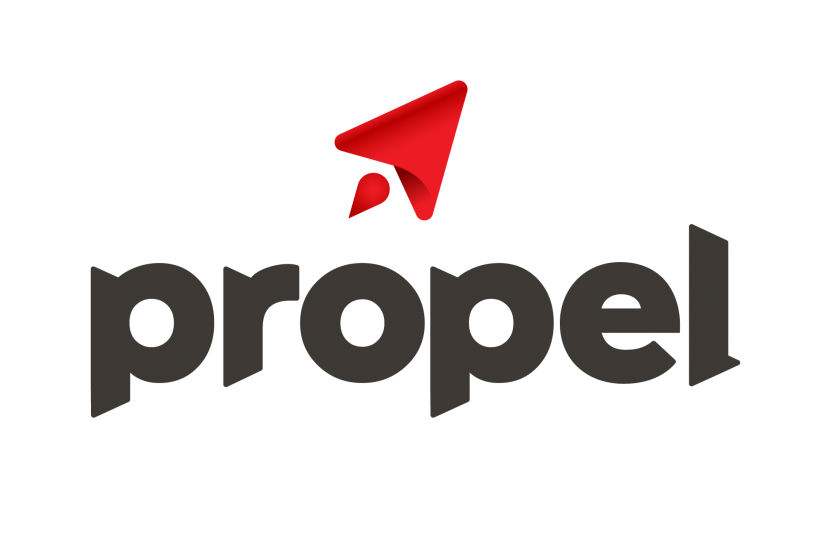Two Atlantic Canadian oceantech companies – Graphite Innovation and Technology, or GIT, of Dartmouth and QualiTEAS of St. John’s – have joined the Eastern Pacific Accelerator in Singapore and received funding from the program.
Eastern Pacific Shipping, which runs the bluetech accelerator in partnership with Techstars, announced the seven members of the program’s third cohort on Thursday. It also said it invested in all seven participants and two additional ocean-related startups, though it did not detail the size of the investments.
Eastern Pacific began the accelerator in 2019 and has now invested in 18 companies.
“The technology only plays one part in our investment decisions,” Gil Ofer, Eastern Pacific’s Special Advisor for Innovation, said in a statement. “The people behind the tech are more important. We want to see a strong team with visionary, resilient, and passionate founders.
“We like to invest in the people because even if the tech doesn’t work out as a business, we know we have bright individuals who will use that as a stepping stone for the next venture – and we want to be part of that journey.”
Founded in 2017 by Mo AlGermozi and Marciel Gaier, Dartmouth-based GIT manufactures graphene coatings designed to prevent corrosion and improve the durability of ships' hulls, dams and other equipment subject to extreme environments. Graphene is a carbon-based material that is 200 times stronger than steel and efficiently conducts heat and electricity.
In an email, AlGermozi said his company has signed a letter of intent and a purchase order with Eastern Pacific Shipping to coat the hull of a large, 200-plus-meter LPG gas carrier in the middle of this year.
“Vessel owners are moving towards high-performance paints that are ultra-low-friction and green,” said AlGermozi. “This is such a big move by the maritime industry as new compliance and legislation come into effect in 2023.”
QualiTEAS, founded in 2018, is a corrosion inspection service company developing an AI-integrated image analysis software for near-real-time detection of corrosion and cracks on subsea assets. In the fall, the company won $100,000 as a Growth category winner in the Ocean Startup Challenge.
The other members of the Eastern Pacific Accelerator are:
Marine Edge, Haifa, Israel – The accelerator website says the company “invented technology that extracts more energy from shaft generators on vessels.”
Marlo, London – The company, whose name is short for Maritime Loans, is building the maritime and transportation industry’s first neo-bank. A neo-bank is a fintech company that offers apps, software and other technologies to streamline mobile and online banking.
Seabound, London – Seabound is building a patented carbon capture solution for the shipping industry.
SanChip, Lucca, Italy – SanChip is working on “the world’s smallest lab-on-a-chip”, which sits on a vessel and analyses its lubricants in real-time.
Sealution, East Flanders, Belgium – This company is developing a network of internet-of-things solutions that can improve safety and performance onboard ships.
The two startups that received investment from Eastern Pacific but are not in the accelerator are:
Swiss Ocean Tech, Schlieren, Switzerland: The company has produced technology that alerts crews it their anchor is dragging.
i4sea, Warwick, UK – The company’s flagship product is i4cast, a smart system that supports decision-making by monitoring and predicting ocean and weather conditions and their influences on a vessel’s operation.
Eastern Pacific said it received hundreds of applications from around the world for the accelerator. The seven companies in the accelerator will present at the demo day this week.
Dhritiman Hui, who manages the EPS Techstars partnership, said in the statement it has invested in companies with exceptional intellectual property. He noted several are hoping to help decarbonize the shipping industry, which could have a huge environmental and financial impact.
“We are also pleased to have invested in the shipping industry’s first neo-bank,” he said. “Neo-banks have created tens of billions of dollars of value in the traditional banking industry, and – given the gaps that exist – it’s inevitable that something similar will happen in this industry.”










